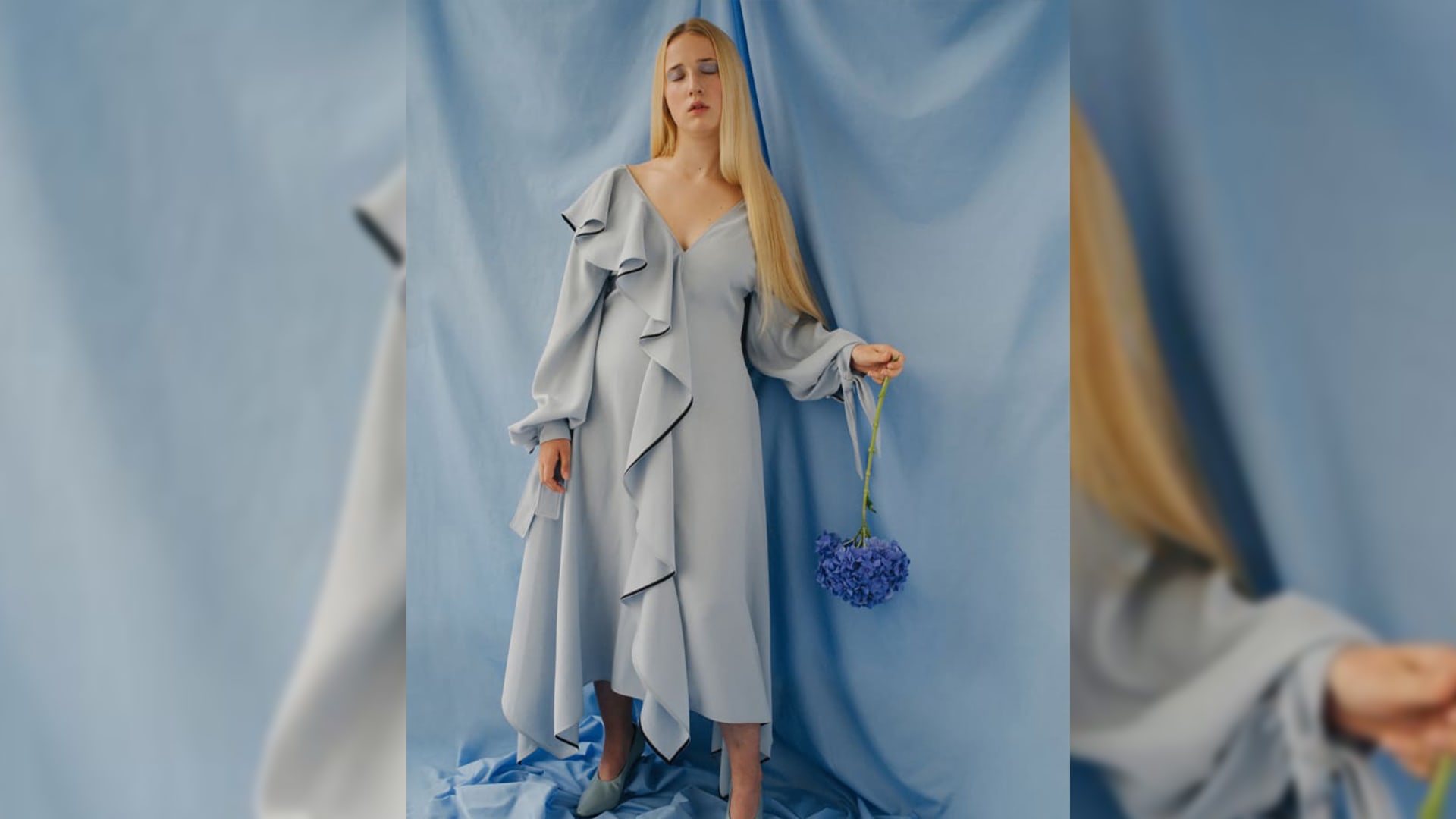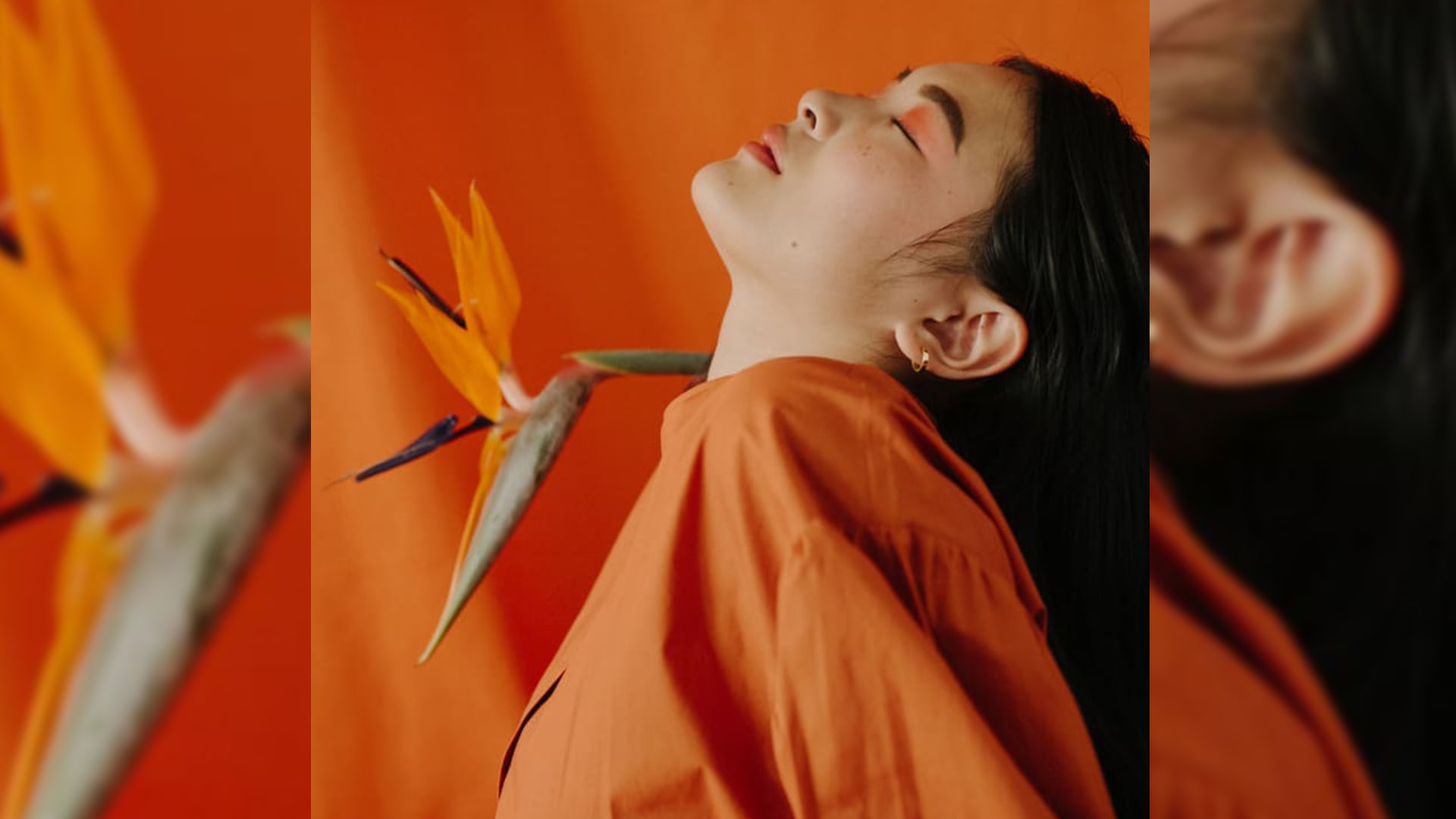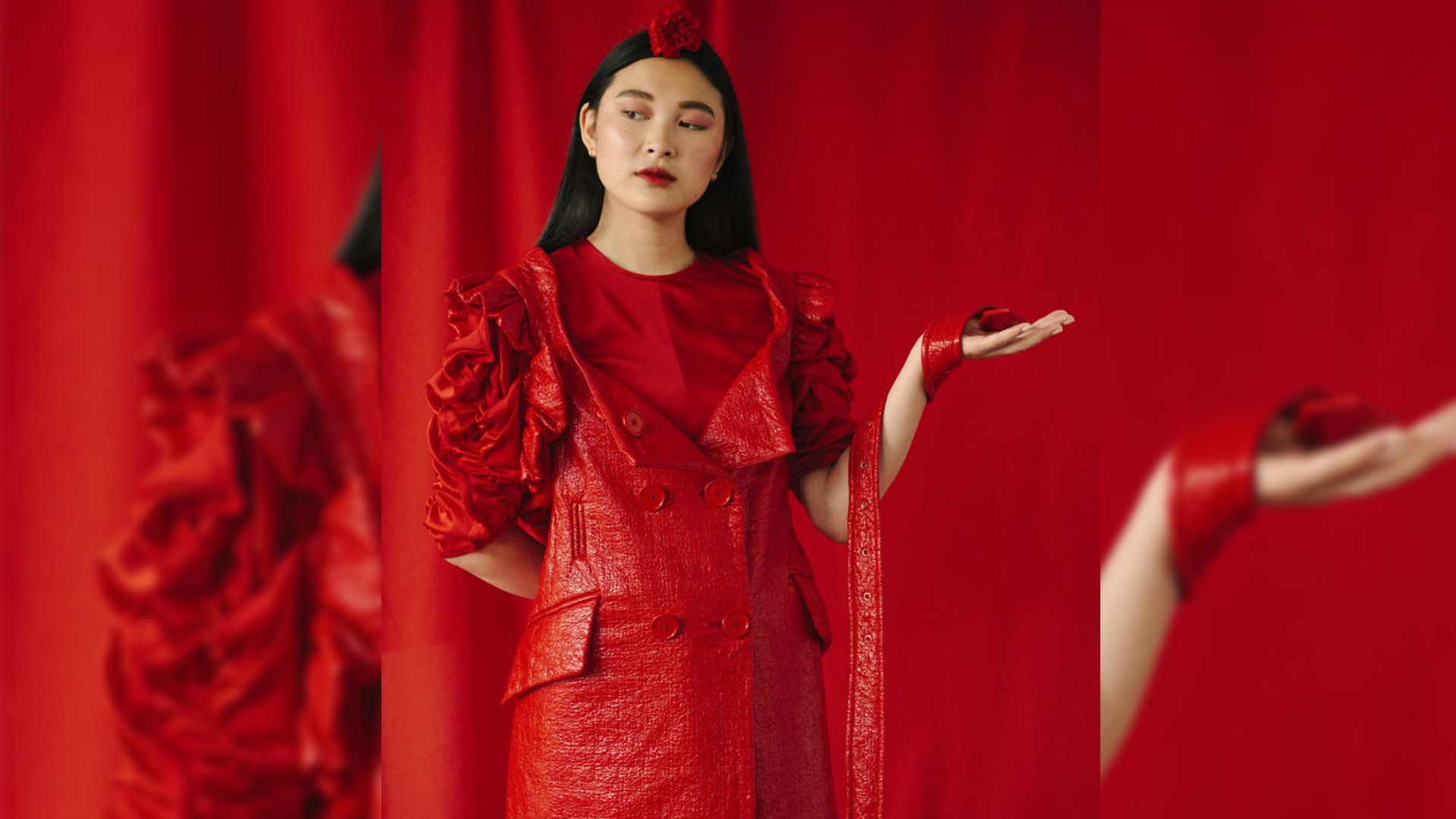دبي، الإمارات العربية المتحدة (CNN) -- لطالما كانت الألوان تحمل قصصاً غنية في تاريخ الموضة، سواء عن الطبقات الاجتماعية، أو السياسية، أو حتى للتعبير عن الذات.
"غالباً ما تكون الأزياء الملونة، وخاصة المشرقة والنابضة بالحياة، رمزية للغاية، بحيث تعكس الحالة الاجتماعية للأشخاص الذين يرتدونها"، هذا ما قالته المؤرخة الفنية وأمينة متحف "رويال بافيليون وبرايتون"، ومؤلفة كتاب "اللون: تاريخ بصري"، الدكتورة ألكسندرا لوسكي.
وأوضحت لوسكي أن اللون البنفسجي، على سبيل المثال، كان يرتديه الأباطرة ورؤساء الكنائس. وبالنسبة إلى اللون الأحمر، فكان يرتديه أصحاب المناصب الملكية. بينما ظهرت القديسة مريم العذراء، في لوحات دينية وهي ترتدي اللون الأزرق. وقالت لوسكي إنه "لون عجيب وغريب مستمد من حجر اللازورد".
وبينما يربط البعض اللون الأبيض بـ "الطهارة، والفضيلة، والكمال"، أشارت لوسكي إلى أن الطبقات الراقية والمتوسطة يرتدي أفرادها هذا اللون، إذ لم يكن مناسباً حينها للأشخاص الذين يعملون بالصناعات الشاقة.
وسلطت لوسكي الضوء على الفرق بين اللونين الأسود والأزرق الداكن، ورغم تقارب درجة اللونين، إلا أنهما لا يعكسان ذوق الشخص فحسب، وإنما طبقته الاجتماعية أيضاً. وأوضحت أن الأزرق كان مخصصاً للطبقة العاملة، بينما يرتدي أفراد الطبقة الراقية اللون الأسود.
ومع بداية القرن الـ 19، توفرت الصبغات الصناعية، وجاء معها عصر الاستهلاك وازدهار الموضة السريعة. ورغم أن الألوان المتوفرة أصبحت طريقة للتعبير عن الذات، إلا أنه لم يخل الأمر من وقوع نتائج عكسية.
وشرحت لوسكي أن "الأخضر كان لوناً رائجاً في ملابس النساء خلال القرن الـ 19". ولكن، العديد من الصبغات الخضراء مصنوعة من عنصر الزرنيخ الكيميائي. وجاءت بلاغات عديدة عن حالات وفاة، وإذا كنت يراوك الفضول حول السبب، فهو السم الذي ينتج عند تعرق النساء في الملابس".
وقالت مديرة قسم الأزياء والموضة في شركة "ماتشيز فاشين"، ناتالي كنغهام: "أعتقد أن موقع انستغرام قد جعل الأشخاص أكثر شجاعة في اختيار ألوان ملابسهم، مما أعطاهم أيضاً فكرة حول أفضل الألوان المتناسقة، وكيفية ارتدائها بثقة في حياتهم اليومية".
وتعتقد المديرة التنفيذية لمعهد "بانتون كولور"، ليترس أيسمان، أن "علاقتنا مع اللون تغيرت بشكل كبير، إذ بات الأشخاص منفتحين بحيث يتحدون الألوان القديمة، ويرتدون ما يرونه مناسباً". وأضافت أن اللون هو تمرين إبداعي لا يجب تقييده بأي مبدأ.
أما اللون الوردي فعادة ما تفضله النساء لإحياء أنوثتهن. وكان جيل الألفية واعياً بأن هذا اللون لم يعد مخصصاً للنساء فقط، وإنما يمكن أن يرتديه الرجال أيضاَ.
ولكن، قد لا يحمل اللون الوردي من جيل الألفية المعنى ذاته بعد 50 عاماً. ويبقى السؤال، هل سيتغير معنى هذه الألوان في المستقبل.





